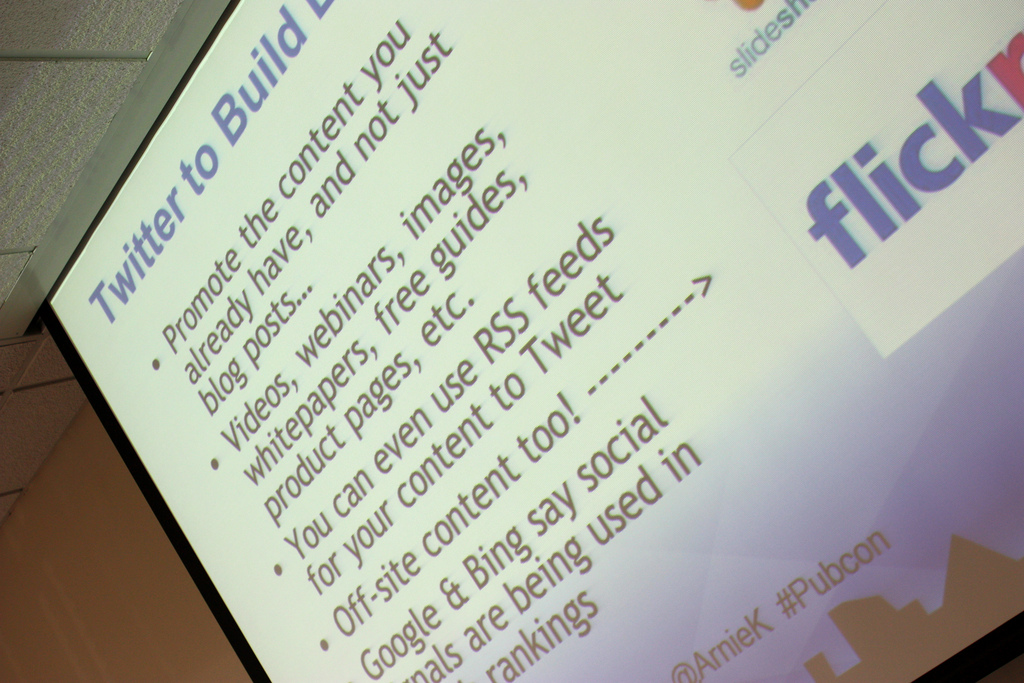For better or worse, social media has brought with it its share of users and brands looking to get others’ attention. No surprises there–it’s not a new thing to want to get attention, nor are publicity stunts of any kind a new phenomenon.
Take J.C. Penney’s recent Super Bowl mitten tweets as an example. J.C. Penney had the bright idea to promote its new mittens by tweeting with mittens.
They only published a couple of tweets (“Toughdown Seadawks!! Is sSeattle going toa runaway wit h this???”), but it didn’t take long for other brands and consumers to pile on and question what exactly J.C. Penney was doing.
Doritos told J.C. Penney to slow down. And Kia asked if they needed a designated driver. And all around the web, it didn’t take long for word to spread about J.C. Penney’s drunk tweeting during the Super Bowl–hardly the intended course of action for the brand when they launched their stunt.
The mitten tweeting stunt is hardly the only marketing stunt on Twitter that’s gone wrong. Just Google “Twitter marketing stunts” for a long list of failed attempts to go viral and gain publicity in the social media world. Even so, the temptation for regular, smaller brands to try to pull publicity stunts is strong. Who doesn’t want to go viral? When it comes down to it, are marketing stunts on Twitter a good or a bad thing for brands?
The problem with marketing stunts on Twitter for most brands is your inability to control how they’ll be interpreted. You can predict pretty strongly how your audience will react if you tweet “Most Top Brands Don’t Engage With Their Twitter Followers–But You Should: http://www.socialmediacontractors.com/most-top-brands-dont-engage-followers-but-you-should/” (shortened, of course), but you can hardly predict how they’ll act if you stick mittens on and start tweeting or tell your readers to post questions with the hashtag #AskJPM.
Big brands can get away with this because, well, they’re big brands and they have long-standing reputations, but smaller brands (like most brands on Twitter) don’t have that luxury. A big brand like J.C. Penney tweeting with mittens comes off as cheesy, and may be misinterpreted, sure, but at least they have name recognition and a big enough audience to recover fairly quickly from any mishaps on Twitter. A small brand, though? Marketing stunts on Twitter by small brands look desperate most of the time, and are absolutely embarrassing the rest of the time.
Marketing stunts on Twitter are fun, but they have little value for small brands, and their risk far outweighs their potential benefits. You’re much better off finding a strategy and sticking to it than you are hoping that you can hop in the fast lane and gain thousands of followers by doing a cheesy stunt.
The long and the short of it? Unless you’re a large B2C brand with lots of publicity capital to throw around, don’t bother trying to pull any marketing stunts on Twitter (and even then, you should think twice). For the large majority of brands on Twitter–both B2B and B2C–there’s just too much that can go wrong. There are much better ways to build a presence on social media, and tweeting with mittens isn’t one of them.
Image Credit: CC by Michael Dorausch





